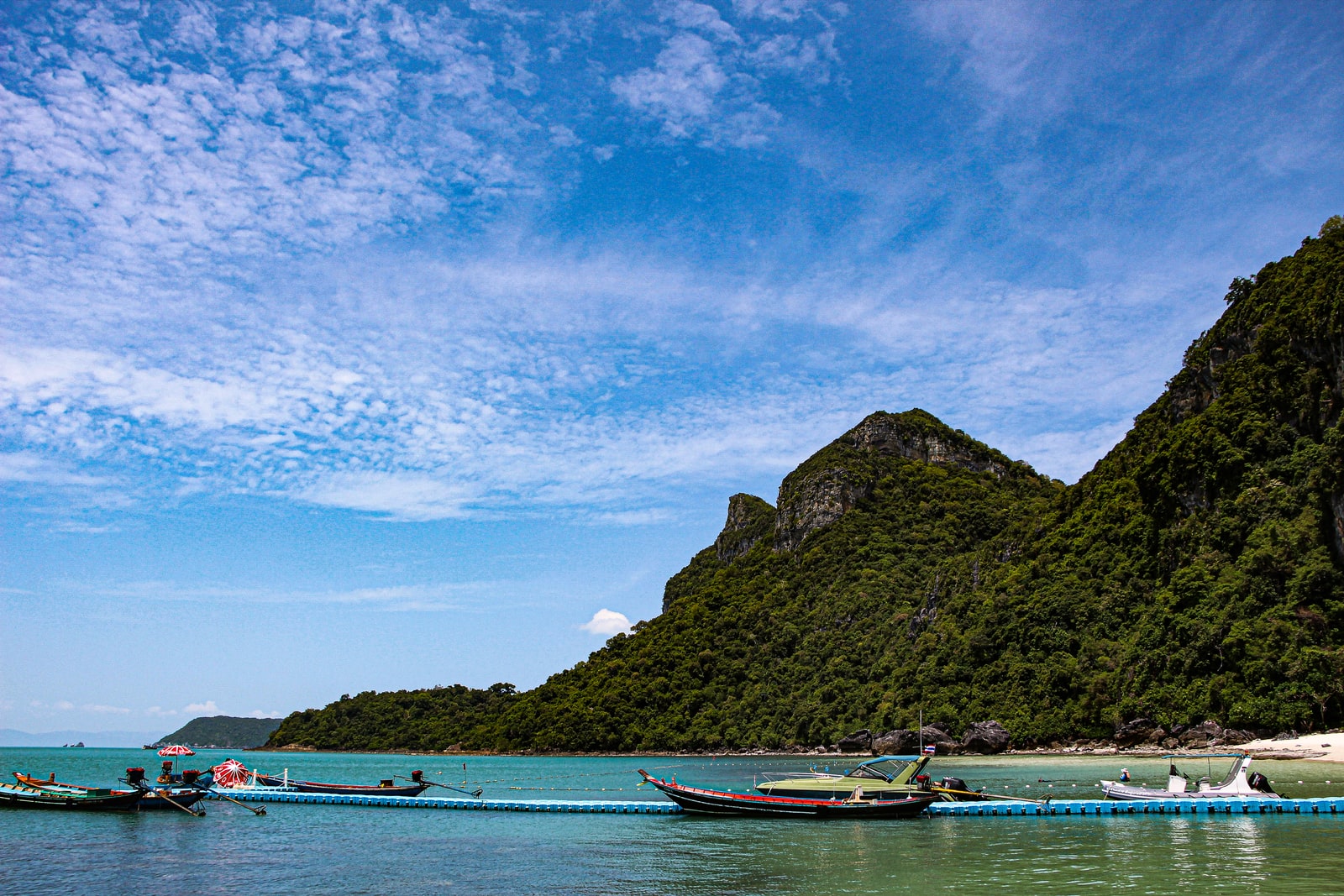If there’s one country that seems unsure of its direction in tourism lately, struggling to recapture its pre-Covid visitor numbers, it has to be Thailand. Between constantly changing entry rules, popular sites closing for months on end, and an on-the-ground experience that seems to be satisfying visitors less and less, one has to wonder: is the “Land of Smiles” starting to frown?
A tarnishing image
First, there are the entry requirements. One minute they’re being simplified, the next they’re more complex, with new digital forms and other bits of red tape making it hard to keep up.
Then, since mid-May, came the scheduled closure of several tourist islands in southern Thailand, set to last until at least October this year. The aim is to allow the natural environment to recover. Among the affected are the Similan and Surin islands, typically teeming with tourists drawn by the world-class diving and beautiful beaches. On top of that, from the end of this year, all of the country’s marine parks will require online booking in advance to better manage visitor flows. Just another small hurdle, some might say.
More worryingly, however, is the growing chorus of complaints from tourists about what they’re experiencing during their stay. It points to a deteriorating image for the country.
Beyond the classic issue of overcrowding at certain spots, the main grievances include hotels, restaurants, and transport offering poor value for money. There are also widespread reports of a general decline in service quality and, more seriously, a rise in scams targeting tourists, particularly the perceived excessive use of dual pricing for foreigners and locals.
Add to this a less competitive Thai Baht making the country more expensive, and perhaps even a certain weariness among seasoned visitors, and there’s genuine cause for concern. This is especially true as arrival numbers for the first few months of the year appear to be stagnating, if not falling short of recent forecasts.
Perhaps this is a chance for the authorities to rethink their approach to tourism, aiming for lower numbers but a higher-quality experience that better matches what people expect. It’s certainly a better strategy than assuming the country’s reputation and natural assets are enough to keep drawing crowds, forcing visitors to put up with the shortcomings. It seems clear that for the tourism engine to restart properly, it’s the destination that needs to adapt, not the other way around.

